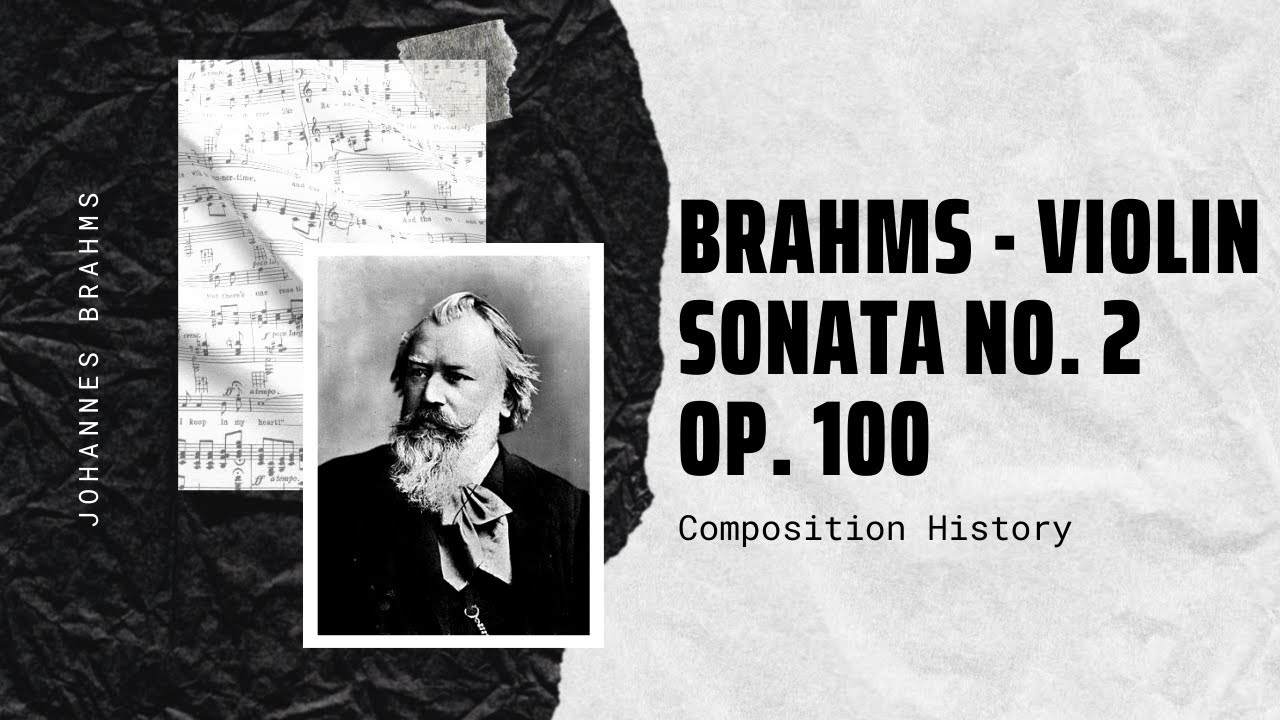
Delibes – Sylvia, Ballet Music
Clément Philibert Léo Delibes (21 February 1836 – 16 January 1891) was a French composer of the Romantic era (1815–1910), who specialised in ballets, operas,[…]

Dvorak – Serenade for Wind Instruments, Op. 44
Antonín Leopold Dvořák (8 September 1841 – 1 May 1904) was a Czech composer, one of the first to achieve worldwide recognition. Following the Romantic-era[…]

Brahms – Hungarian Dance No. 6 – Vivace in D flat major
Johannes Brahms – Hungarian Dance No. 6 – Vivace in D flat major The Hungarian Dances (German: Ungarische Tänze) by Johannes Brahms (WoO 1), are a[…]

Chopin – Funeral March in C minor, Op. posth 72 No. 2
Frédéric Chopin – Funeral March in C minor, Op. posth 72 No. 2 Frédéric François Chopin (1 March 1810 – 17 October 1849) was a[…]

Chopin – Mazurka in G major, Op. 67
Frédéric Chopin – Mazurka in G major, Op. 67 Frédéric François Chopin (1 March 1810 – 17 October 1849) was a Polish composer and virtuoso pianist[…]

Brahms – Violin Sonata No. 2 Op. 100
Johannes Brahms – Violin Sonata No. 2 Op. 100 The Violin Sonata No. 2 in A major, Op. 100 (“Thun” or “Meistersinger”), by Johannes Brahms was[…]

Vivaldi – Concerto for 2 Cellos in G minor, RV 531
Antonio Vivaldi – Concerto for 2 Cellos in G minor, RV 531 Vivaldi’s Cello is a 2004 album of various arrangements taken from Antonio Vivaldi’s operas[…]

Haydn – Symphony No. 95 in C minor
Joseph Haydn – Symphony No. 95 in C minor, Hob I95 The Symphony No. 95 in C minor (Hoboken I/95) is the third of the twelve[…]

Korsakov – Tale of Tsar Saltan (Flight of the Bumblebee)
Nikolai Rimsky-Korsakov – Tale of Tsar Saltan (Flight of the Bumblebee) The Tale of Tsar Saltan (Russian: Сказка о царе Салтане, Skazka o Tsare Saltane) is[…]

Rossini – Sonata for Strings No. 3
Gioachino Rossini – Sonata for Strings No. 3 Gioachino Antonio Rossini (29 February 1792 – 13 November 1868) was an Italian composer who gained fame for[…]